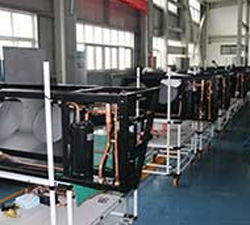The
liquid cold plate is one of the most critical components in a battery pack's liquid cooling system. Excess heat is generated by the battery cells or modules, which is transferred through contact with the surface of a plate-shaped aluminum component. This heat is ultimately carried away by the coolant flowing through the component's internal channels. This aluminum component is called the liquid cold plate.
1. Core Technical Quality Requirements of Liquid Cold Plates
There are generally four core technical requirements to ensure the performance and reliability of liquid cold plates:
- High heat dissipation power;
- High reliability to ensure the cold plate's sealing.
- A precise heat dissipation design to avoid excessive temperature differences within the system.
- Strict control of the cold plate's weight to avoid significantly reducing the system's energy density.
The manufacturing process of liquid cold plates is significantly more complex than that of air-cooled heat sinks.
The typical production process includes: raw material stamping — cleaning — flux coating — riveting — brazing — inspection — sealing
Common liquid cold plate production techniques include: embedded tube process, profile + welding, machining + welding, and die casting + welding
At present, the main types of liquid cold plates used in the new energy vehicle market include: harp tube liquid cold plates, stamped liquid cold plates, expansion liquid cold plates, parallel flow tube liquid cold plates, and profile + friction stir welding liquid cold plates. Only manufacturers with strong technical expertise can provide reliable technical support.
Expansion-type liquid cold plates offer advantages such as low cost, high heat exchange efficiency, and high production efficiency. Brazed liquid cold plates have certain advantages in terms of structure, weight, and heat dissipation capability.
Currently, expansion-type liquid cold plates are the most widely used, while harp tube liquid cold plates are gradually being replaced by
stamped plates due to their relatively limited heat exchange performance.
2. Comparison of Different Liquid Cold Plate Types
| Type |
Principle Description |
Advantages |
Disadvantages |
Notes |
| Profile + Friction Stir Welding |
Aluminum extrusion forms flow channels directly; machining opens circulation; friction welding seals channels and nozzles. |
High production efficiency, low cost, strong load capacity |
Low heat dissipation density; surface unsuitable for many screw holes |
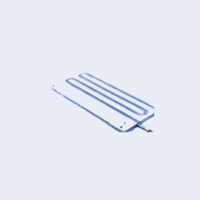 |
| Harmonica Tube |
Aluminum extrusion flow channels welded to manifolds on both ends |
Low cost, lightweight, simple structure, high production efficiency |
Single flow channel, small contact area, thin tube walls, average heat transfer, poor load capacity |
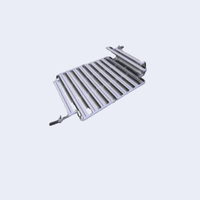 |
| Machining + Welding |
Machined flow channels sealed by friction stir welding to top cover |
Free design of channel size and path, easy to process, low cost |
Lower performance, prone to leakage |
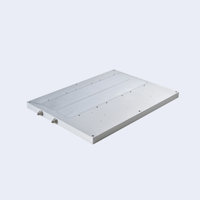 |
| Inflation Type |
Graphite pipe printed and hot rolled between two plates, then inflated by gas |
High thermal conductivity, fast cooling, aesthetic, lightweight |
Poor load capacity |
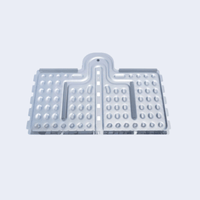 |
| Stamped Plate |
Aluminum stamped to form flow channels, upper and lower shells brazed together |
Freely designable flow channels, large contact area, good heat transfer, high production efficiency, pressure resistant |
Higher cost, strict flatness requirement, difficult installation |
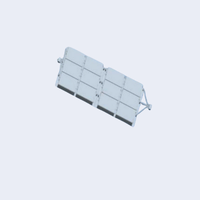 |
| Plate-Fin |
Heat exchange fins filled between upper and lower plates; flux-free vacuum brazing seals cold plate |
High surface cleanliness, good fluidity, corrosion resistance, uniform heat transfer |
— |
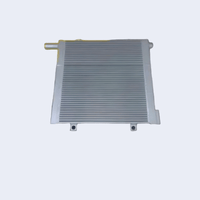 |
| Welding + Embedded Tube |
Suitable for copper plate and copper tube welding combination |
Reduced plate thickness, weight saving |
— |
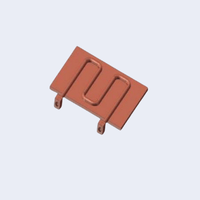 |
3. Three Test Categories to Verify Liquid Cold Plate Performance and Reliability
1. Pre-shipment Inspection:
- Visual Inspection
- Dimensional Inspection
- Room Temperature Sealing Test
2. Thermal Performance Tests:
- Cooling Performance Test
- Heating Performance Test
3. Qualification (Type) Tests:
- Low-temperature sealing test
- Pressure drop test
- Burst test
- Static pressure strength test
- High-temperature resistance test
- Low-temperature resistance test
- Pressure cycle test
- Salt spray (corrosion) test
- Vibration test under load
- Internal corrosion test
- Inlet/outlet connector pull-out force test
The rapid development of new energy vehicles has significantly driven the growth of the liquid cold plate market. Currently, the vast majority of vehicle models are equipped with liquid cooling technology.
Notable domestic and international models utilizing liquid cooling include the BMW i3, Tesla Model S, GM Volt, Brilliance BMW Zinoro, and Geely Emgrand EV.









